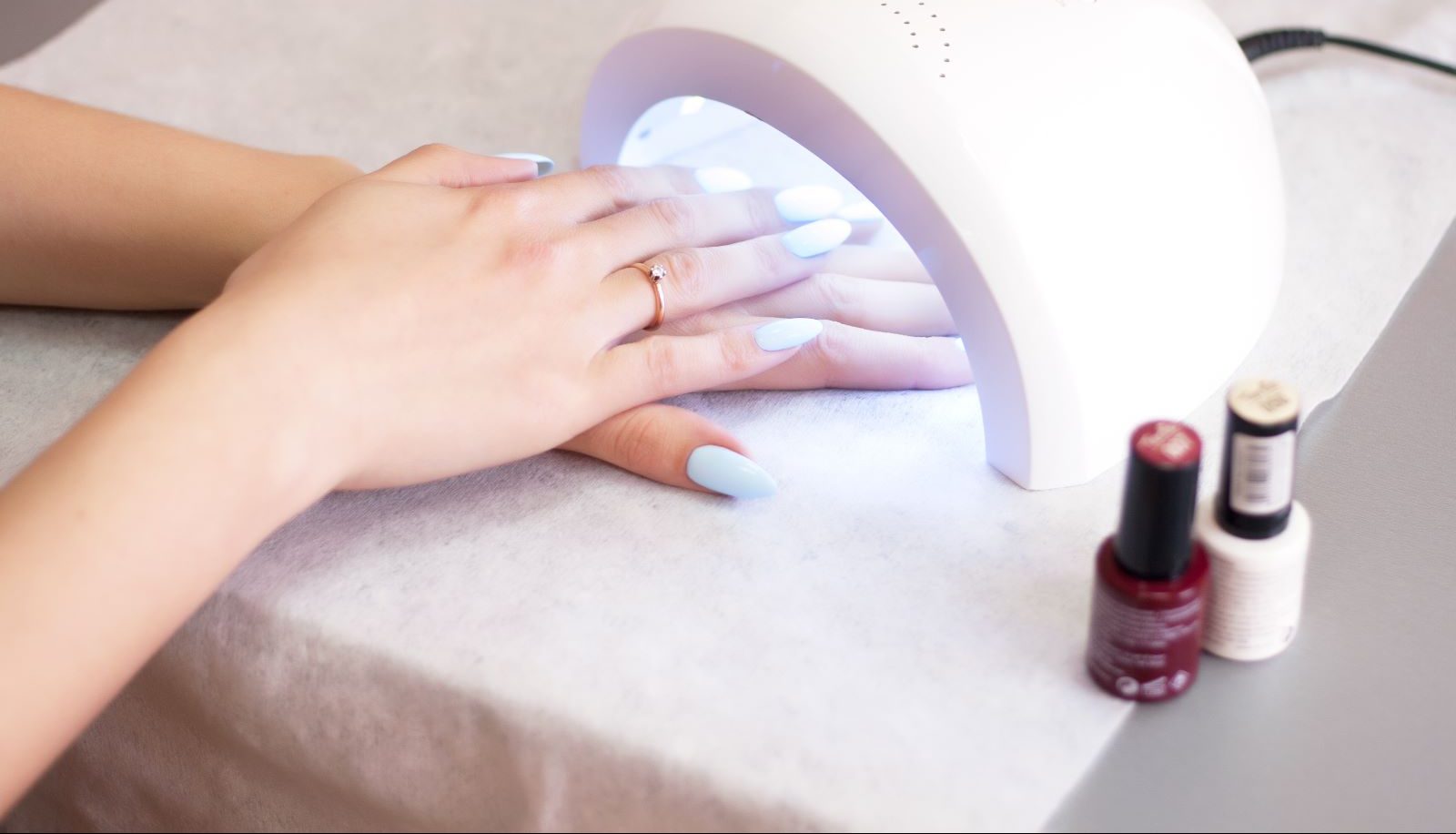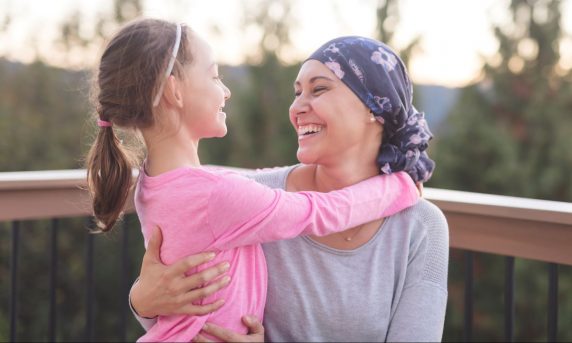Getting a fresh manicure every few weeks might seem like a great opportunity for relaxation and self care. But could there be a hidden danger in your local nail salon?
UV lamp dryers – used to harden gel polish and keep manicures looking fresh – have recently gotten some bad press, as skin cancer concerns mount.
But do the experts agree?
The radiation from the lamps – similar to the kind used in tanning beds – does increase risk of early skin cancer, confirms Dean George, MD, medical director of cutaneous oncology at Hartford Hospital and St. Vincent’s Medical Center.
“Consistent exposure to ultraviolet radiation (UVR) is associated with negative health consequences, including cancer,” Dr. George says.
Why are the UV lights dangerous?
The dryers can damage skin cells, increasing the risk of cancer.
“When cells are under the UV light from the lamp for 20 minutes, around 30% die. Many of the surviving cells have damage to their DNA,” Dr. George says, noting that the damage is similar to melanoma.
While small amounts of UVR play a role in the production of vitamin D, excessive exposure can impact the skin. Potential dangers include:
- A weakened immune system
- A loss of skin elasticity at a young age, with decreased wound healing.
- Non-melanoma and melanomas of the skin.
> Want more health news? Text StartHere to 85209 to sign up for text alerts
What can I do?
While no major studies have measured if gel manicures put you at higher risk of developing skin cancer, Dr. George recommends erring on the side of caution.
To keep your skin and nails healthy throughout the manicure process, he recommends the following tips:
- Talk with your manicurist about other ways to keep your nails sparkling.
- Consider traditional nail polish instead of gel polish.
- Wear water-resistant sunscreen with an SPF of 30 or higher on your hands when you go for a gel manicure.
- Indulge less often.
When it comes to skin cancer and melanoma, early detection is key. Dr. George recommends a regular self-examination of the skin to find changes in appearance.
“Changing, suspicious or unusual moles and blemishes should be looked at as soon as possible,” he says.
If you’re unsure about something you see or have a persistent nail problem, you can work with a board-certified dermatologist.



